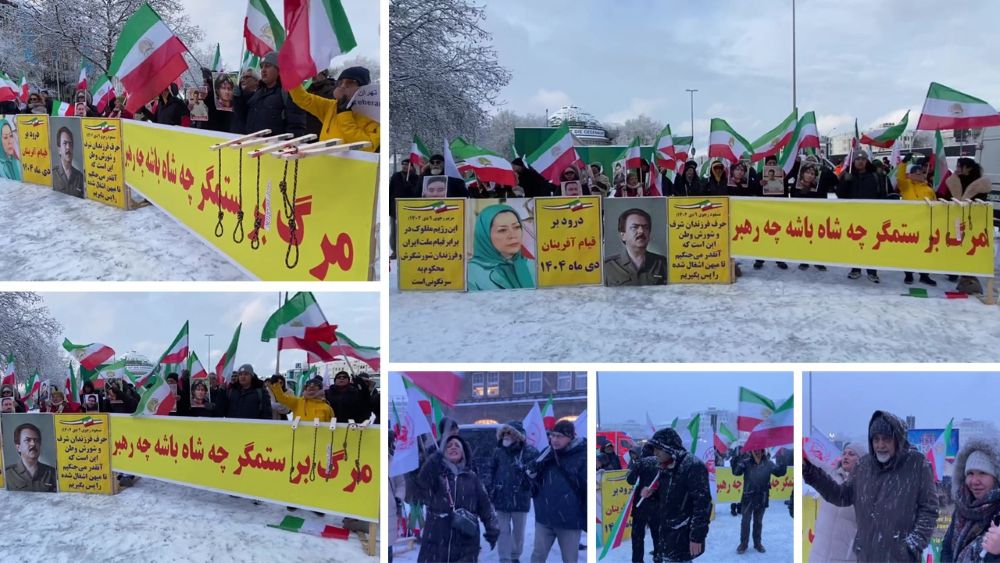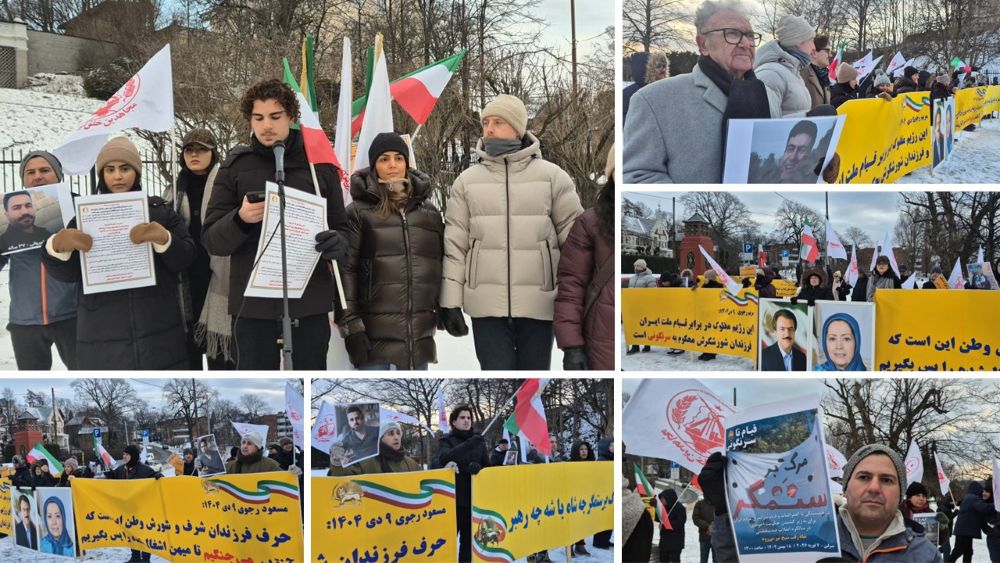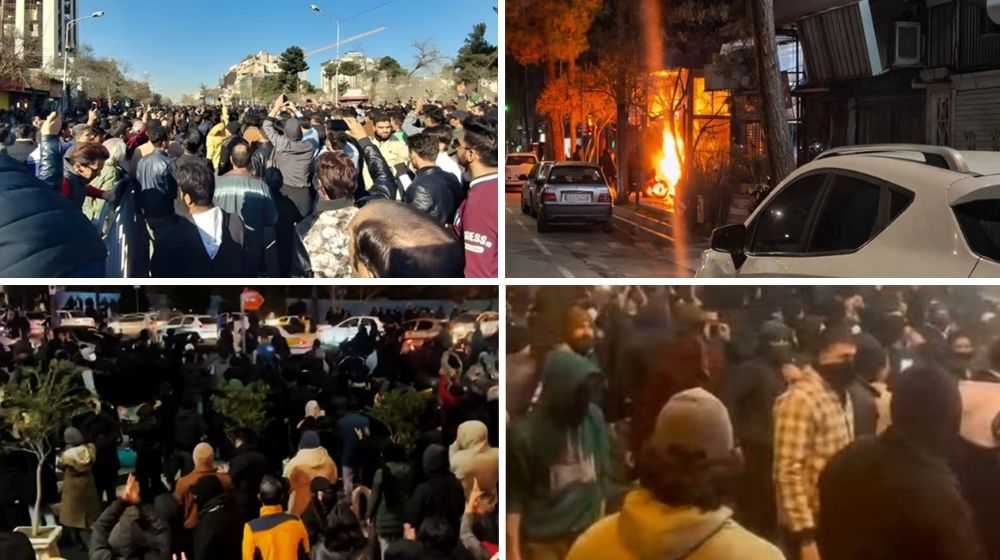There’s just over a month until the Iranian Presidential elections, and it seems like most people will boycott in protest to the lack of an alternative to the mullahs, with many Iranians saying that their vote is for regime change. Even the state media outlets are speculating on voter turnouts as low as 40%, but these should be considered optimistic numbers. Still, it seems likely that these elections could have the lowest participation rate in Iranian history, beating even the parliamentary elections last February.
However, it’s vital to note that elections in Iran are basically meaningless with the candidates all having to swear loyalty to the fundamentalist system and supreme leader. It’s, therefore, no wonder that, after 40 years of no change from within, the Iranian people would refuse to vote for either side, instead of supporting the Resistance, who have been encouraging people to skip out on the election through protests and putting up messages in public areas that read “We will not vote anymore; we have heard too many lies” and “We’ve seen no justice; we won’t vote anymore”.
This anti-regime activism has been, in part, fuelled by the eight-year presidency of Hassan Rouhani, during which the Iranian people have seen their purchasing power decrease and their suffering increase.
Of course, the regime is more than aware of the boycott plans and the mullahs have shown that they are increasingly anxious about the potential of increased unrest leading to an uprising that is even worse for the regime than those seen in 2017 and 2019.
In April, the state-run Hamdeli newspaper wrote: “Before we worry about the political consequences of low voter turnout, we should worry about the social consequences.”
While in March, the President-elect of the National Council of Resistance of Iran (NCRI), Maryam Rajavi, gave a speech to mark the Iranian new year, where she prophesied that “the fire of the uprisings” was rising from “the ashes of the coronavirus”, which rang all the truer because of the recent clashes between security forces and protesters in Sistan and Baluchistan Province.
Rajavi’s image has been used in many posters by the Resistance units when advocating for an election boycott. She serves as a reminder that the Resistance will only take power, following the overthrow of the regime, for a transitional period of six months in order to write a constitution and hold free and fair elections for all political posts.



